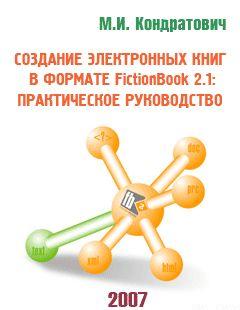
Аннотация
Artificial intelligence is a rapidly advancing area of computer science. Since the invention of computers, we have observed an intriguing phenomenon. Tasks that are difficult for a human (such as heavy computations, searching, memorizing large volumes of data, and so on) are easily done by computers, while tasks that humans are naturally able to do quickly (such as recognizing partially covered objects, intelligence, reasoning, creativity, invention, understanding speech, scientific research, and so on) are difficult for computers.
Artificial intelligence as a discipline was invented in 1950s. Initially it failed because of a lack of backpropagation and an automated means of training. In the 1980s, it failed because of an inability to form its own internal representations, solved later by deep learning and the availability of more powerful computers.
A new nonlinear network architecture was developed after that second failure, and the tremendous increase in machines’ computing power finally contributed to the phenomenal success of AI in 1990s. Gradually, AI became capable of solving many industrial-grade problems such as image recognition, speech recognition, natural language processing, pattern recognition, prediction, classification, self-driving cars, robotic automation, and so on.
The tremendous success of AI has recently triggered all types of unwarranted speculations. You will find discussions about robots of the near future matching and exceeding the intelligence of humans. However, currently, AI is a set of clever mathematical and processing methods that let computers learn from the data they process and apply this knowledge to solve many important tasks. A lot of things that belong to humans such as intelligence, emotion, creativity, feeling, reasoning, and so on, are still outside the possibility of AI.
Still, AI is rapidly changing. In recent years, computers have become so good at playing chess that they reliably beat their human counterparts. That is not surprising, because their creators taught the programs centuries of accumulated human experience in chess. Now, machines compete against each other in the world computer chess championship. One of the best chess-playing programs, called Stockfish 8, won the world computer chess championship in 2016.
In 2017 Google developed a chess-playing program called AlphaZero, which defeated the Stockfish 8 program in the 2017 world computer chess championship. The amazing part of this is that no one taught AlphaZero the chess strategies, like had been done during the development of other chess-playing programs. Instead, it used the latest machine learning principles to teach itself chess by playing against itself. It took the program four hours of learning chess strategies (while playing against itself) to beat Stockfish 8. Self-teaching is the new milestone achievement of artificial intelligence.
AI has many branches. This book is dedicated to one of them: neural networks.
Neural networks enable computers to learn from observational data and make predictions based on that knowledge. Specifically, this book is about neural network training and using it for function approximation, prediction, and classification.








Комментарии к книге "Artificial Neural Networks with Java"